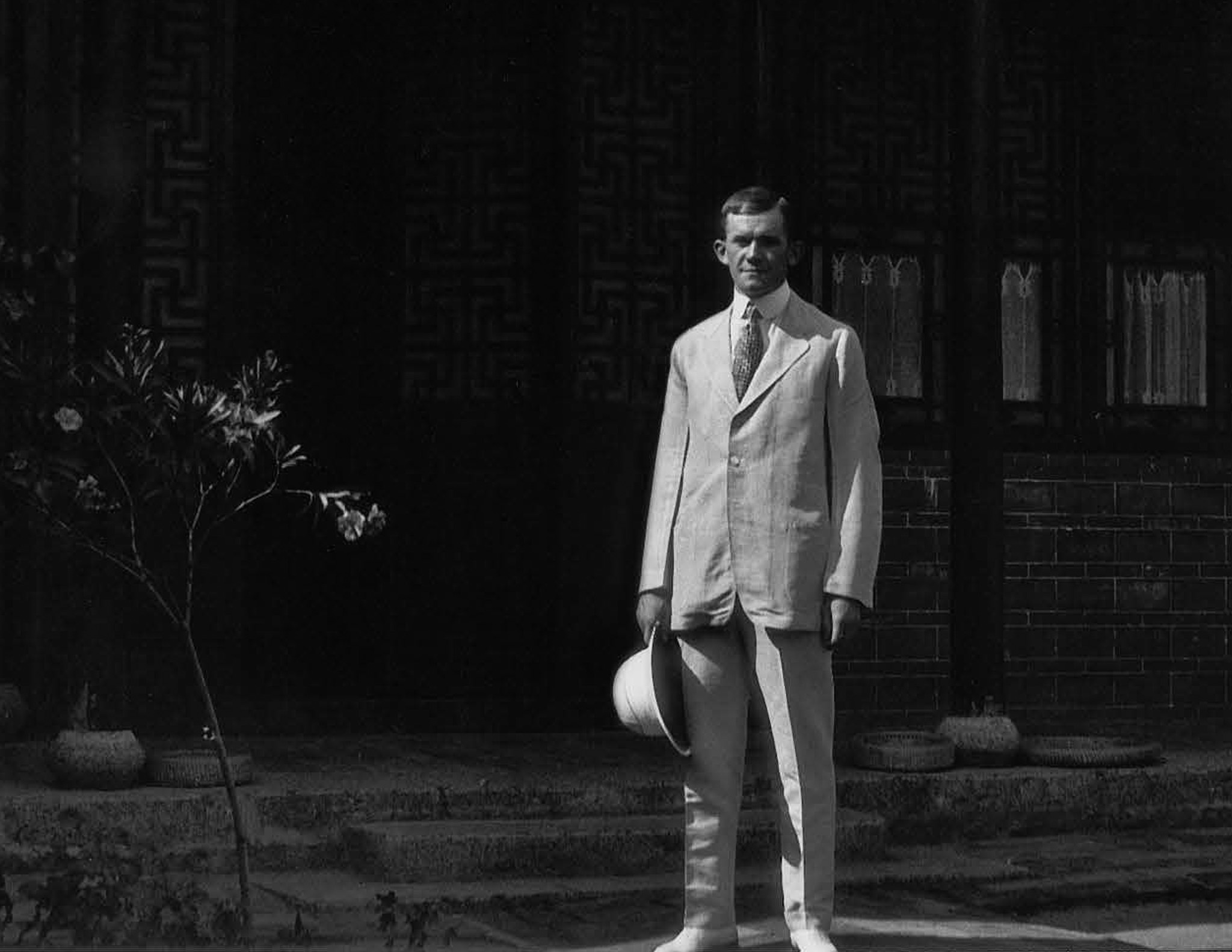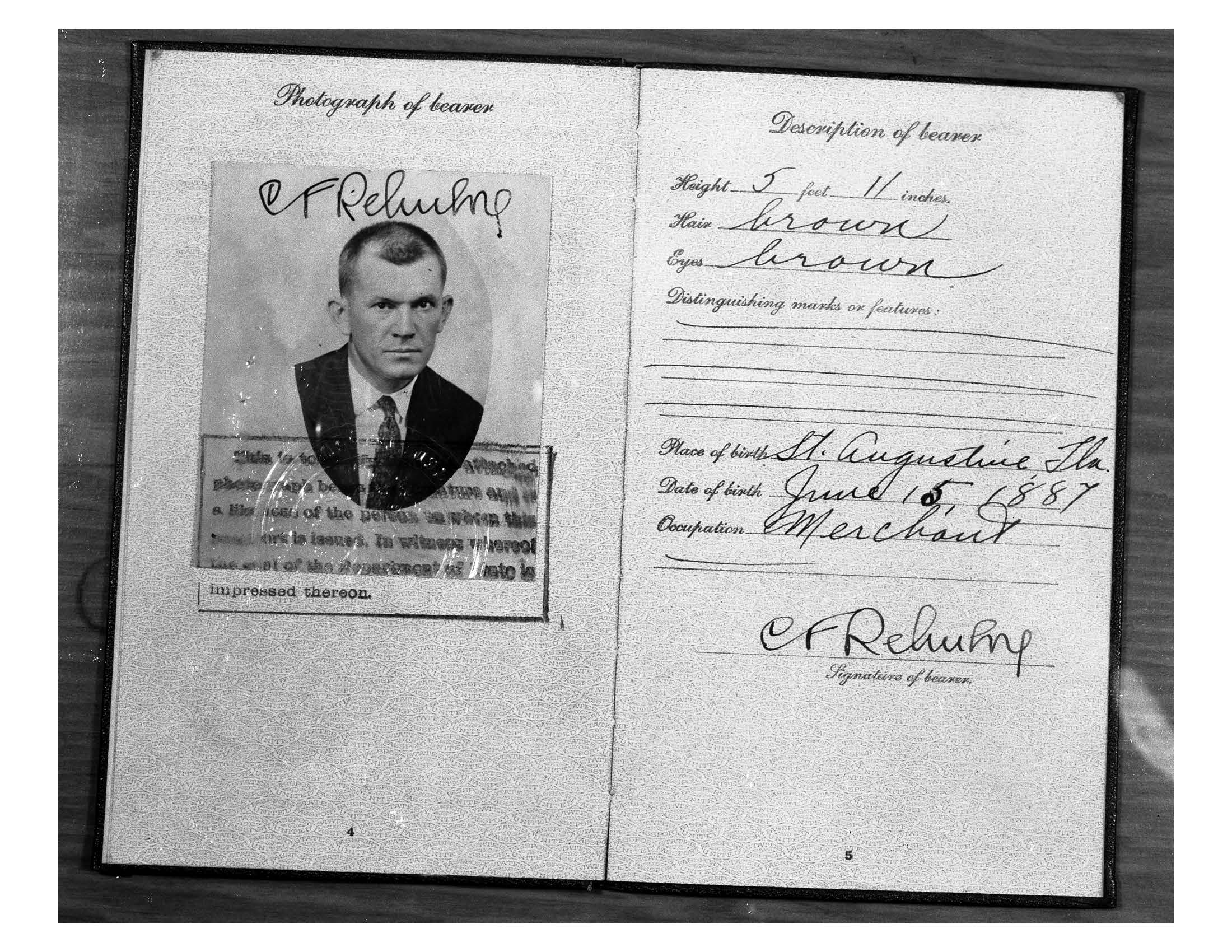
I’m excited to tell you that in just a couple months, The Nutrilite Story 3rd Edition will be released and available for purchase. Writing the book — all three editions — has been a labor of love for me.
Revisiting the origin story of the Nutrilite™ brand and sharing my father’s experiences motivates me to stay the course sharing my message of health and wellbeing.
When my father, Carl F. Rehnborg, founded Nutrilite in 1934, his vision was to create a company that would provide people with the highest quality nutritional supplements. He believed that everyone deserved access to good nutrition, that everyone should benefit from a plant-based diet.
He also understood that stewardship for the planet is directly tied to our self-interest and our individual well-being.
A Place of Golden Opportunities
In the spirit of my father, I want to share an excerpt from chapter two of the book, “A Place of Golden Opportunities,” to get you excited about the upcoming release.
It’s magical for me to imagine my father traveling east to the other side of the world in 1915 to begin building a business in China. It’s not as if he could just jump on a plane and arrive, after all.

His initial trip marked the beginning of a life-long journey of discovery and perseverance that created the Nutrilite brand that we know so well today.
When your destiny is to blaze new trails, it can make you feel like a square peg in a round hole. But then when you find the right fit, magic can happen. So it was for my 28-year-old father during the fall of 1915 when he packed all his goods into a steamer trunk, stepped onto a train in Grand Central Terminal, and embarked on a journey that would take him halfway around the world. He would begin a new career in China as an accountant for Standard Oil Company of New York, which everyone called Socony for short. Beyond the obvious adventure of it all, the Socony job had offered him the means to fulfill a deeper pull, something that had been tugging him powerfully since his days at Pratt Institute, or possibly before, toward that mysterious, inscrutable faraway land.
Before my father could leave, he had to pass a rigorous training program in New York, a program that would prepare him for his new life. During this time, he learned all about the oil business—about oil, solvents, fractionation, and vacuum distillations. He studied Chinese culture, history, and philosophy. He also learned about life as a foreigner in China—how visitors could live in foreign concessions that had the look and feel of their home country. The course was fascinating, but the competition was brutal and the pressure was intense. The class was whittled down from 100 to 20 students in three months. My father not only survived the cut, he thrived in the competitive environment, graduating with honors. His final 200-page project was so good that Socony accepted it as a model for assignments to other men, even putting some of his recommendations into effect. At graduation, the names of the students and their stations were read out. My father’s home for the next two years would be Tientsin (today known as Tianjin), the “City of the Heavenly Ford,” a large port city not far from Peking.
It must have been humbling for my father to stand under the canopy of golden stars in the expansive ceiling of Grand Central Terminal, his pith helmet and pongee suit carefully tucked away in his trunk and try to imagine the adventure that lay ahead. Would it be like anything he and Hester imagined as they had pored over the news, events, and culture of China during their days at Pratt? His long journey began with a train ride from New York through the Midwest to catch a steamship from Vancouver, British Columbia, bound for China after stops in equally exotic Honolulu and Yokohama.
At first, it seemed as if the train would never leave the endless city that surrounded New York, but it soon caught its rhythm and sped through the low mountains on its way to the Midwest. Looking out on the landscape as the train churned on, my father could see the rolling hills of Ohio where John D. Rockefeller had started Standard Oil. He changed trains in Detroit, the city where Henry Ford’s amazing assembly line was cranking out Model Ts so fast that almost anyone could own one. It was hard to imagine that just a few years ago gasoline had been a waste product of the oil refining process, while kerosene for lamps and paraffin for candles were the primary products. In China that was still the case, but when all 400 million Chinese could afford motor cars—well, the future was almost unimaginable. It was a new century and a new world in which technology fueled by oil would make everyone’s life better, and my father was now to play a part in this business, a business of almost limitless potential…
Keep reading my blog for more information about the upcoming release of the new book.
I can’t wait to share it with you!
Cheers!


感謝您的分享,讓我彷彿就跟在卡爾仁博的身邊,一覽它的神秘旅程!